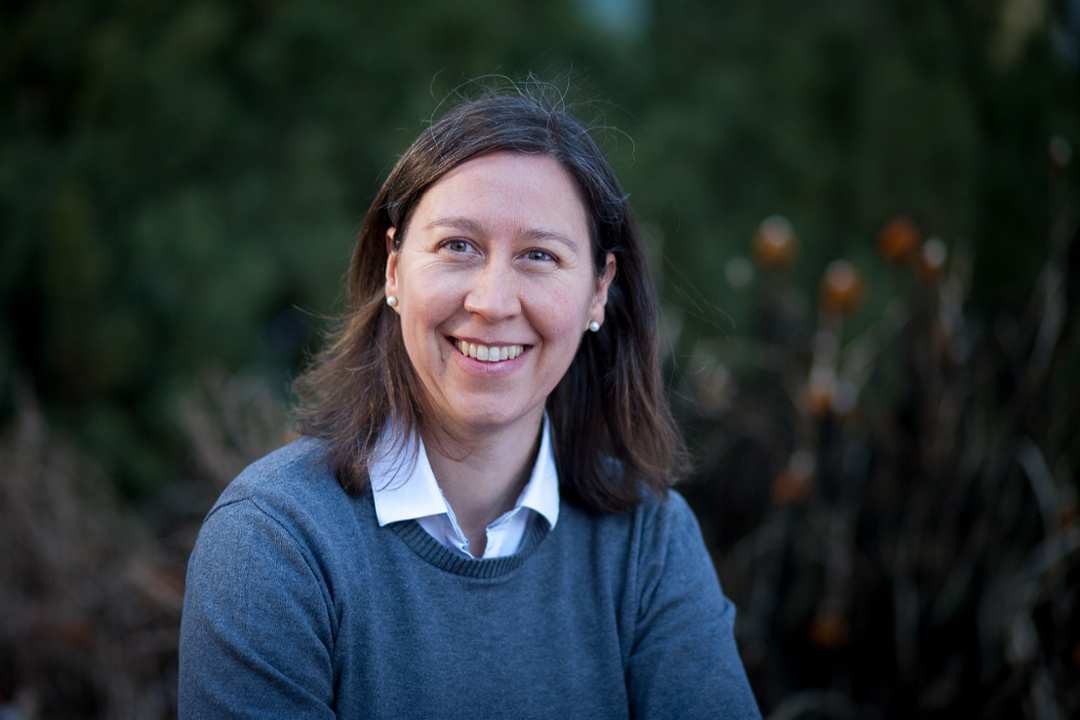
New USask research chair to bring integrated approach to agronomy
If you’re a farmer on the Prairies, Maryse Bourgault is looking forward to talking with you.
By Clare StanfieldBourgault has just become the first WGRF-funded Integrated Agronomy Research Chair at the University of Saskatchewan (USask). The key word here is “integrated”, because the challenges farmers face when it comes to achieving great yields and making a profit are myriad and complex, partly because the biological systems that make up crop production are myriad and complex, and finding answers will take a team of integrated professionals—a team Bourgault is eager to establish.
“I’m excited to be setting up a research program that will be highly collaborative, and there are a lot of questions that would surely benefit from having several different specialists looking into it together,” she says. “But I’m planning on taking the time to talk to farmers to understand what they feel might be the most pressing issues and the solutions that might have the greatest impact.”
Around the world and back again
Bourgault grew up in Victoriaville, Quebec where dairy is king. So how did she wind up working in the field crop sector? “My background is in environmental sciences,” she explains. “And I got drawn into the sustainable agriculture domain because as much as we want to protect our environment, we still need to produce food and vice versa, no matter where you are in the world.”
Her PhD in Plant Science (McGill) focused on drought tolerance in common and mung beans, and it was that pesky mung bean that set her on an international path.
“Mung bean is a light sensitive crop, so growing it in the winter here, it starts flowering too early,” she says. One after the other, greenhouse experiments were ruined and frustration set in. Then, on a trip to Australia where the seasons are reversed, Bourgault made some connections, someone gave her some greenhouse space to finish her PhD work (which she did), then she decided to stay.
After eight years working in various capacities in Australia’s agricultural sector, Bourgault applied for a position at the Northern Agricultural Research Centre (Havre site), Montana State University. “The job was just really interesting,” she says of the decision to return to North America, adding that the facility has livestock and crops at the same site, and a huge outreach component to surrounding communities.
At Havre, Bourgault continued her research work in cropping systems and drought tolerance. “As a crop physiologist, I’m always interested in drought tolerance,” she says. “I’m interested in deep rootedness and whether or not that’s associated with yield.” Indeed, crunching the data on work started last year, Bourgault thinks that selecting for root traits may be possible, but it’s still far too early to be certain.
Building a research community
Bourgault is excited about her return to Canada, setting up an applied research program at USask and using her global experience and contacts to design research projects that will help farmers. “I’ve always worked in semi-arid areas, and we need to talk to each other a lot more,” she says. “I would like Canadian farmers to know that I want to talk to them about what they think is needed from interdisciplinary research in Saskatchewan.
“For example, in Montana we looked at crop rotation, at developing and integrating winter broadleaf crops—winter peas, winter lentil, winter canola—into cropping systems, and at placing phosphorus at depth (~30 cm deep) in no-till systems for ‘drought-proofing’ and this might, or might not be of interest to Saskatchewan farmers,” she says.
“Other things we could look at is integrating livestock and cropping enterprises. My interest has always been in trying to find ways to make the most of the rainfall we have.”
In pursuit of answers, Bourgault will work with people from across research disciplines—from weed, disease, insect and soil scientists to agricultural economists and engineers—for a truly broad, integrated approach to problem solving.
“I’m hoping that we will be able to contribute to industry knowledge by taking a step back and looking at the various components of the production system to see how we can understand how different practices might work together or against each other,” she says. “Then, we might be able to propose the best ways to foster the synergies that arise and minimize the negatives.”
Article re-posted on .
View original article.

